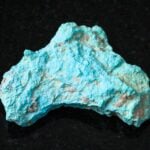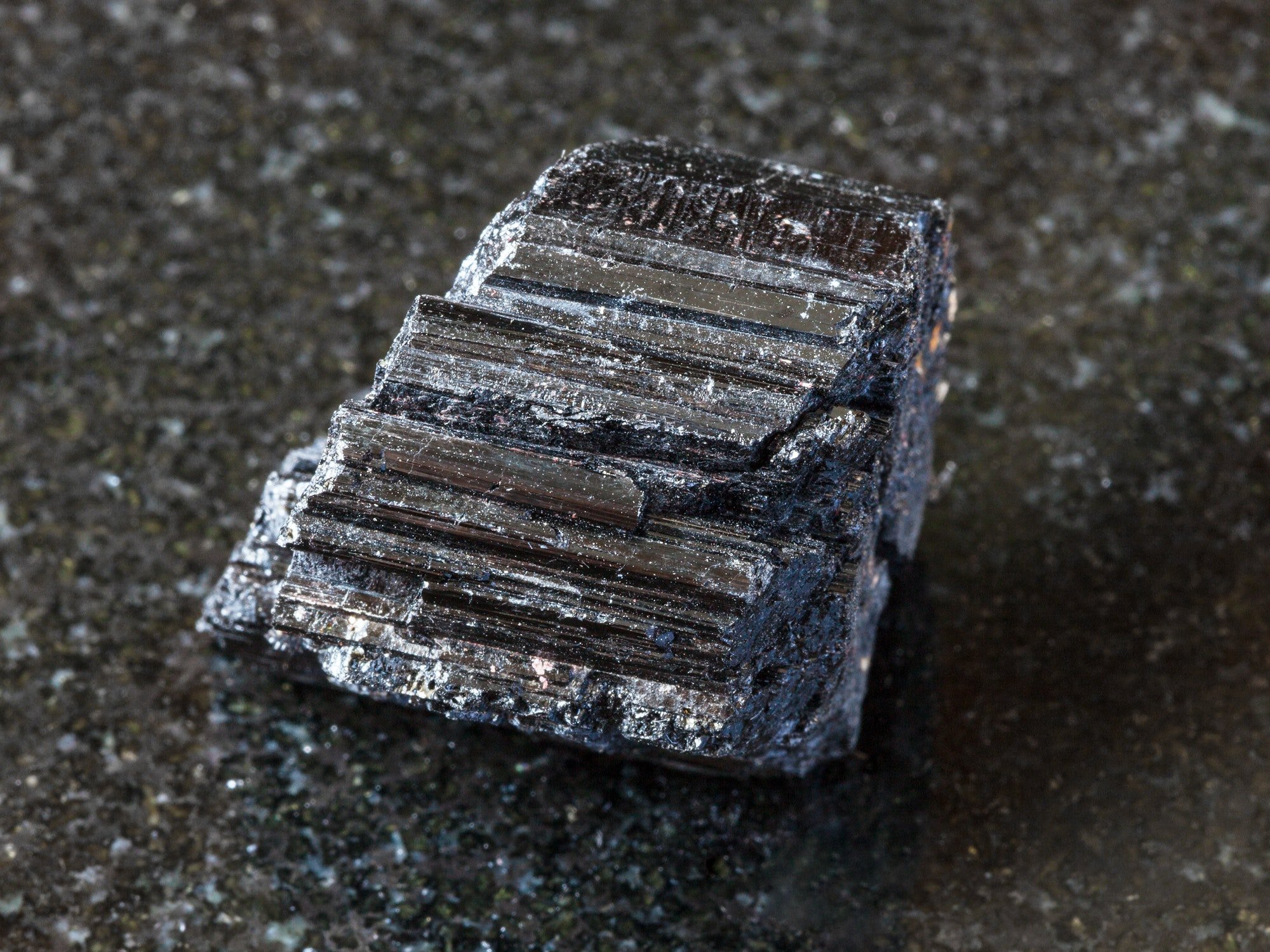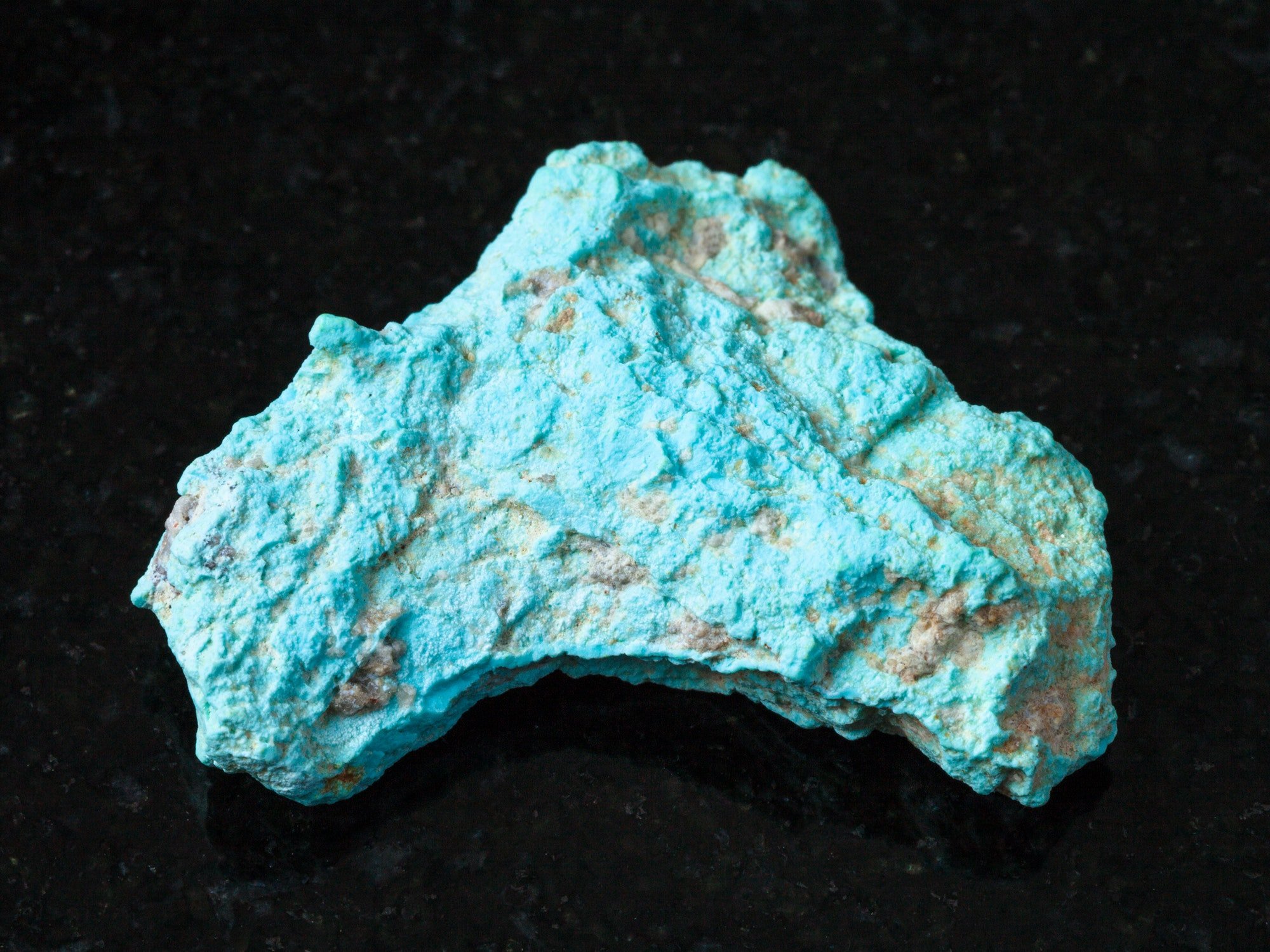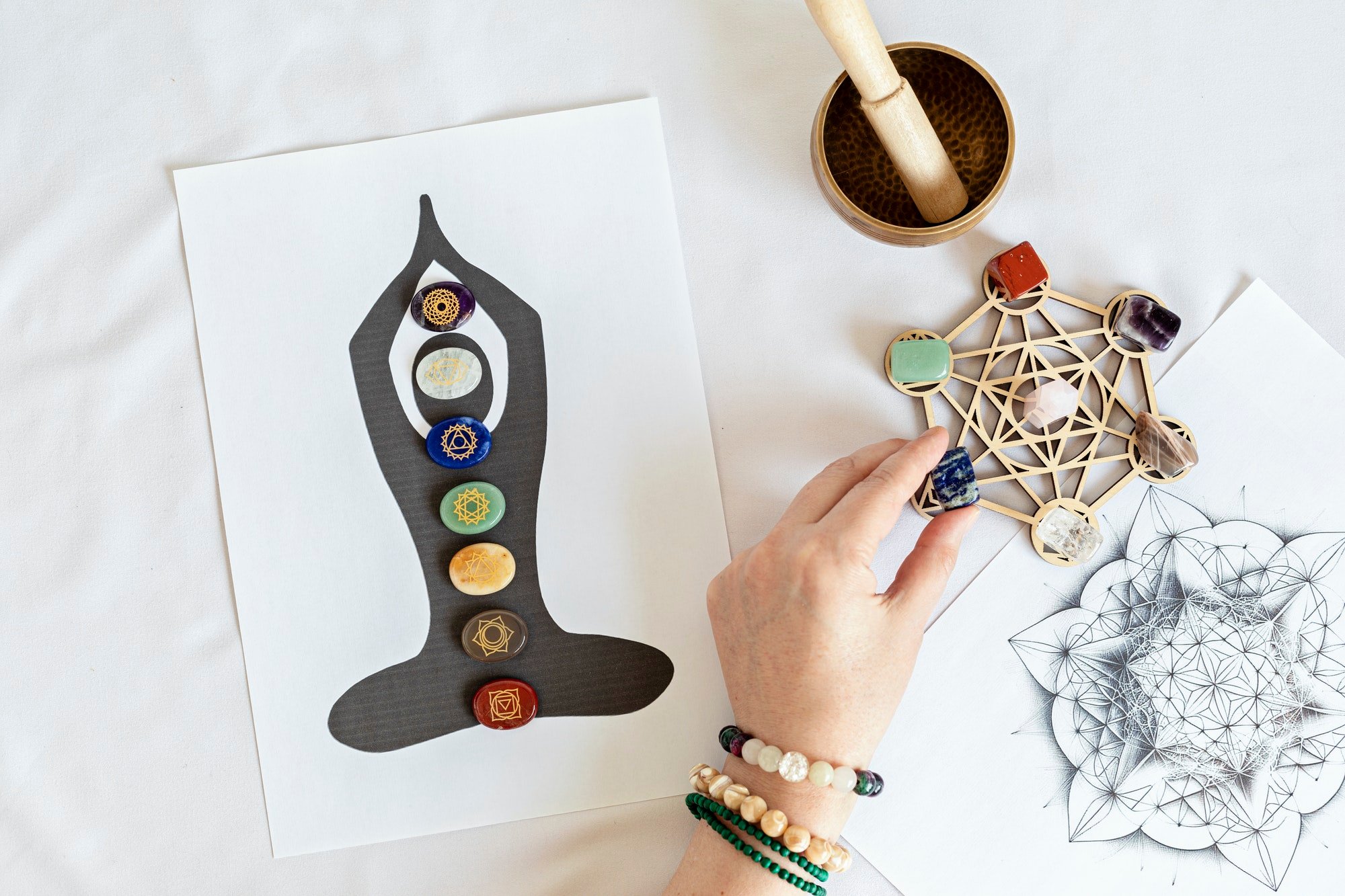Are you ready to become an expert in chemistry? With this beginner’s guide, understanding chemical elements and compounds can be easier than ever. Dive into the periodic table and learn how to use chemistry in everyday life with ease.
From exploring the basics of molecules and atoms to harnessing crystals for health and well-being, get a better grasp on what makes up our world with “Understanding Chemical Elements & Compounds: A Beginner’s Guide”. Let us help you unlock your inner chemist today!
Chemistry in Everyday Life
Chemistry is an integral part of our everyday lives, from the food we eat to the air we breathe. Understanding basic chemistry concepts can help us make informed decisions about how to use and interact with chemicals in our homes, workplaces, and environment.
Household Uses of Chemistry
Household products such as detergents, cleaning agents, and cosmetics contain a variety of chemical compounds that are designed to do specific jobs.
Knowing what these chemicals are and how they work can help us choose safer products for our families. For example, sodium bicarbonate (baking soda) is a mild alkali used in many household cleaners because it neutralizes acids like vinegar or lemon juice while also being gentle on surfaces.
The foods we eat are made up of different types of molecules that provide energy for our bodies to function properly.
Carbohydrates provide energy for activities like walking or running; proteins build muscle tissue; fats store energy for later use; vitamins support healthy growth; minerals keep bones strong; water helps regulate body temperature and digestion; fiber aids digestion by providing bulk material for waste elimination.
By understanding the chemistry behind these components, we can make better dietary choices that promote health and wellbeing
Harnessing Crystals for Health and Wellbeing
Crystals have been used for centuries in healing practices, from ancient Chinese medicine to modern-day crystal therapy. Crystals are powerful tools that can help us achieve balance and harmony in our lives. By harnessing the power of crystals, we can improve our health and well-being on a physical, mental, emotional, and spiritual level.
The Power of Crystals in Healing Practices
Crystals contain unique energy vibrations that interact with our own energetic fields when placed on or near the body. This interaction helps to restore balance within the body’s systems by releasing negative energies while promoting positive ones.
Crystal healing is often used as an alternative form of therapy for stress relief, pain management, emotional regulation, and even spiritual growth.
There are many different types of crystals available today with various properties depending on their chemical composition.
Some common crystals include quartz, which is known for its ability to amplify energy; amethyst, which has calming effects; rose quartz, which promotes love; citrine, which brings joy; jade, which encourages wisdom; tourmaline, which provides protection; obsidian, which grounds one’s spirit and fluorite that aids concentration.
Each type of crystal offers its own unique benefits so it is important to research them before using them for healing purposes
Becoming an Expert in Chemistry
Learning the fundamentals of chemistry is essential for becoming an expert in this field. With a solid foundation, you can explore more advanced topics and gain valuable insight into the world around us. To become an expert in chemistry, it’s important to understand scientific terminology and develop your own experiments.
Learning Resources for Further Study
There are many resources available to help you learn more about chemistry, such as textbooks, online courses, and tutorials. Additionally, joining professional organizations or attending conferences can provide access to experts who can answer questions and provide advice on furthering your studies.
Understanding Scientific Terminology
Becoming familiar with scientific terms is key when studying chemistry. Knowing how different elements interact with each other will give you a better understanding of how chemical reactions work. It’s also important to know the names of common compounds so that you can accurately identify them during experiments or discussions with peers.
Once you have mastered the basics of chemistry, it is time to start developing your own experiments. This allows you to apply what you have learned in real-world scenarios while testing out new theories or techniques that could lead to groundbreaking discoveries down the line. When designing experiments, be sure to document all steps taken along with any results obtained so that others may benefit from your findings as well.
FAQs in Relation to Understanding Chemical Elements and Compounds: a Beginner’s Guide
How should a beginner start chemistry?
For those just starting out in chemistry, the best way to begin is by familiarizing yourself with the fundamentals. Start by learning about atoms and molecules, as well as their properties and interactions.
Once you have a good understanding of these basics, move on to studying chemical reactions and how they can be used to create new substances. Finally, explore more advanced topics such as thermodynamics or quantum mechanics. With practice and dedication, you’ll soon be able to understand even complex chemical processes.
Can I teach myself chemistry?
Yes, you can teach yourself chemistry. It requires dedication and hard work to understand the concepts and principles of chemistry, but it is possible with the right resources.
Start by reading textbooks or online tutorials that cover basic topics such as atomic structure, chemical bonds, and reactions. Practice solving problems related to these topics to gain a better understanding of them.
Additionally, watch videos or attend lectures from experts in the field for further insight into more complex areas of chemistry. With enough practice and effort, you will be able to learn this fascinating subject on your own.
What is the easiest way to learn elements?
The easiest way to learn about elements is by studying the periodic table. This chart organizes all of the known elements according to their atomic number, symbol, and name. Additionally, it can help you understand how different elements interact with each other and what properties they possess. Understanding the basics of the periodic table will provide a strong foundation for further study into crystals and how they can be harnessed to improve our daily lives.
What is the easiest way to distinguish between elements and compounds?
The easiest way to distinguish between elements and compounds is by their composition. Elements are made up of only one type of atom, while compounds contain two or more different types of atoms bonded together. Compounds can be broken down into simpler substances through chemical reactions, whereas elements cannot be broken down further without changing their identity. This makes it easy to tell the difference between an element and a compound – if it can’t be broken down any further, then it must be an element.
Conclusion
By understanding chemical elements and compounds, you can begin to unlock the secrets of chemistry. From exploring the periodic table to harnessing crystals for health and well-being, this beginner’s guide has provided an introduction to the world of chemistry.
With a better understanding of how these elements interact with each other, you are now on your way to becoming an expert in chemistry. So take what you have learned here today and start your journey toward mastering the science behind our universe!
The world is full of mysterious and powerful substances, like chemical elements and compounds. We need to take the time to understand them better in order to make use of their potential for our everyday lives. By exploring crystals, we can unlock new ways to improve our health, well-being, and productivity. Let’s come together as a community and start finding solutions that will help us all benefit from this amazing resource!








